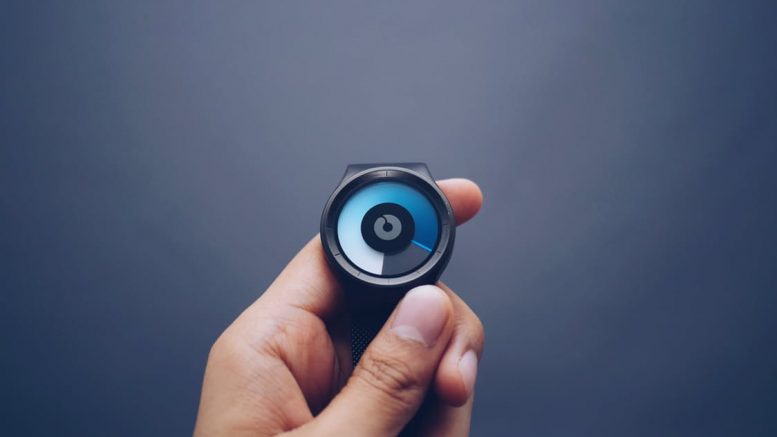Wearable devices are everywhere—from fitness enthusiasts counting steps to patients managing chronic disease. But not all wearables are created equal. While consumer wearables offer insights into general wellness, clinical-grade devices deliver life-saving, medical-grade monitoring and treatment. In this article, we’ll explore the major differences between these two categories, highlight real-world applications of clinical-grade wearables, and explain where the future of the healthcare wearables market is heading.
What Are Consumer-Grade Wearables?
Think Fitbits, Apple Watches, and smart rings. Consumer-grade wearables are mass-market devices designed to help users track daily activity, sleep, heart rate, and more. They’re great for promoting a healthier lifestyle—but they stop short of offering clinical insights or real-time treatment.
Limitations of Consumer Devices:
- Not FDA-approved: These devices are not classified as medical equipment.
- Accuracy gaps: While useful for trends, they’re not suitable for diagnosing or treating life threatening conditions.
- No treatment function: They observe but don’t intervene in health conditions.
What Defines a Clinical-Grade Wearable?
Clinical-grade wearables, also referred to as medical-grade wearables, are purpose-built for healthcare use. They are often FDA-approved wearable devices and used to monitor or treat chronic health conditions. They meet higher standards of accuracy and reliability and can be integrated into a patient’s care plan.
Key Features of Medical Wearables:
- Clinical-grade accuracy: Built with sensors that deliver medically reliable data.
- FDA clearance or approval: Ensures the device meets stringent safety and efficacy criteria.
- Real-time treatment and monitoring: These devices often provide continuous tracking and sometimes automated interventions.
Consumer vs. Clinical Wearables: Side-by-Side Comparison
| Feature | Consumer Wearables | Clinical-Grade Wearables |
|---|---|---|
| Primary Use | Wellness tracking | Chronic disease management |
| FDA Approved | No | Yes |
| Accuracy | Moderate | High, clinically validated |
| Data Use | Personal trends | Diagnostic or treatment decisions |
| Intervention | None | Some actively treat conditions |
4 Examples of FDA-Approved Clinical-Grade Wearables
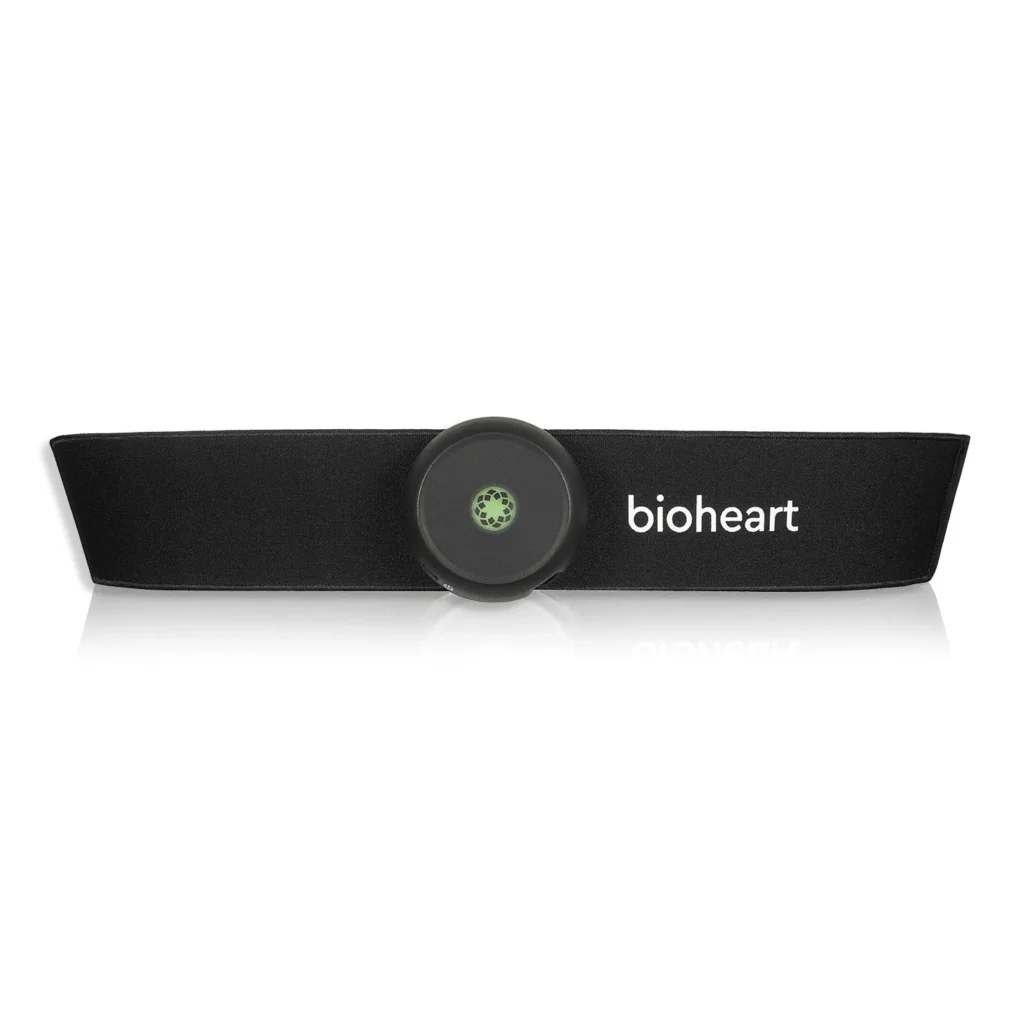
1. Biotricity Bioflux
An FDA-approved heart monitor offering 24/7 remote monitoring. It detects abnormal rhythms and alerts physicians in real time—helping prevent life-threatening cardiac events.
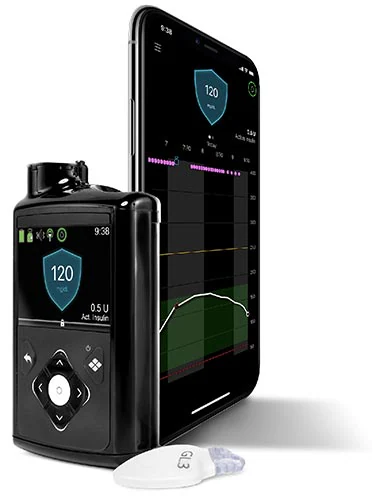
2. Artificial Pancreas (e.g., Medtronic MiniMed 770G)
Combines continuous glucose monitoring and insulin delivery for Type 1 diabetes patients. It automatically adjusts insulin levels, reducing complications and improving quality of life.
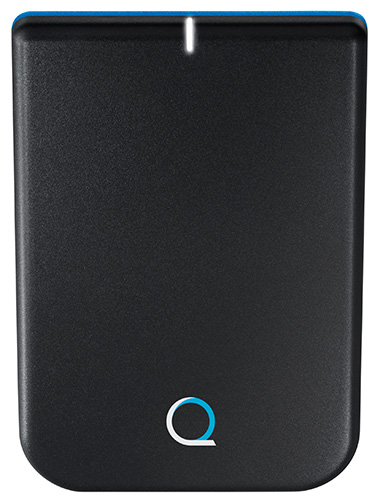
3. Quell by NeuroMetrix
Used for chronic pain, Quell delivers non-invasive nerve stimulation and has FDA clearance. It offers an opioid-free treatment alternative for patients.
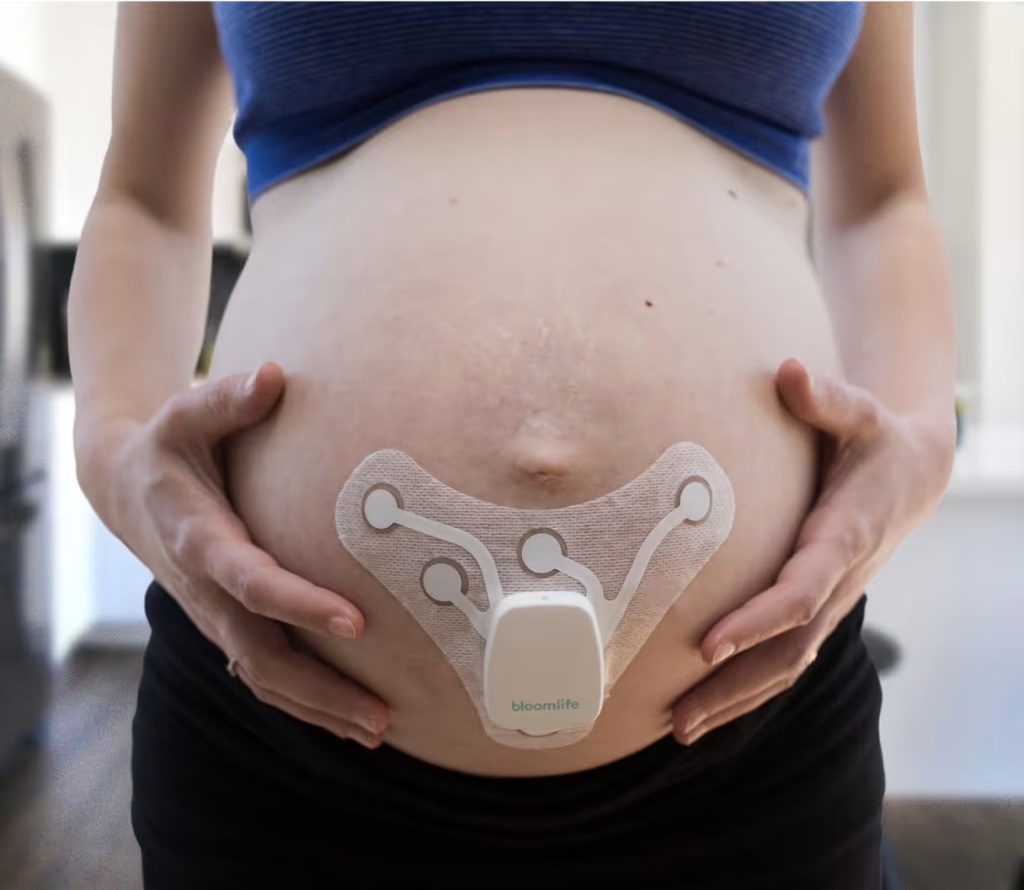
4. Bloomlife
Designed for pregnant women, this wearable tracks uterine contractions and monitors fetal health, enabling remote prenatal care.
Why Clinical-Grade Wearables Matter in Healthcare
As chronic disease rates climb, the healthcare system is shifting from reactive to proactive care. Medical-grade wearables are playing a critical role in this transformation.
Benefits:
- Improved patient outcomes through real-time data and intervention
- Reduced hospitalizations by catching issues early
- Empowerment for patients to manage their own care at home
These devices are particularly impactful in areas like cardiac care, diabetes management, pregnancy monitoring, and chronic pain therapy.
The Growing Market for Clinical Wearables
The clinical-grade wearables market is expanding rapidly, driven by demand for remote monitoring, aging populations, and chronic disease management.
According to industry reports, the medical wearables market is projected to grow significantly in the next decade. Entrepreneurs and device makers are rapidly innovating to meet regulatory and clinical demands.
Our Role in the Medical Wearables Ecosystem
While we don’t develop the electronics or sensors, our company is involved with manufacturing the sewn components of many FDA-approved wearable devices. From flexible sensor-embedded vests to pain-relief garments, we help medical innovators bring their devices to market with medical grade sewing.
When it comes to the wearable medical niche, reliability starts with quality construction—and that’s where we come in. If you’re working on a clinical-grade wearable, we can help you ensure that every stitch meets the needs of patients and healthcare providers.
Ready to bring your medical wearable to life? Contact us to learn more about our precision sewn components for clinical-grade wearables.
The Future Is Wearable
As technology advances, the line between patient and provider will continue to blur—thanks to clinical-grade wearables. These devices don’t just collect data; they enhance care, extend life, and empower patients to take control of their health.
While consumer-grade wearables have their place, the true revolution is happening in the medical field—one device, one patient, one stitch at a time.

